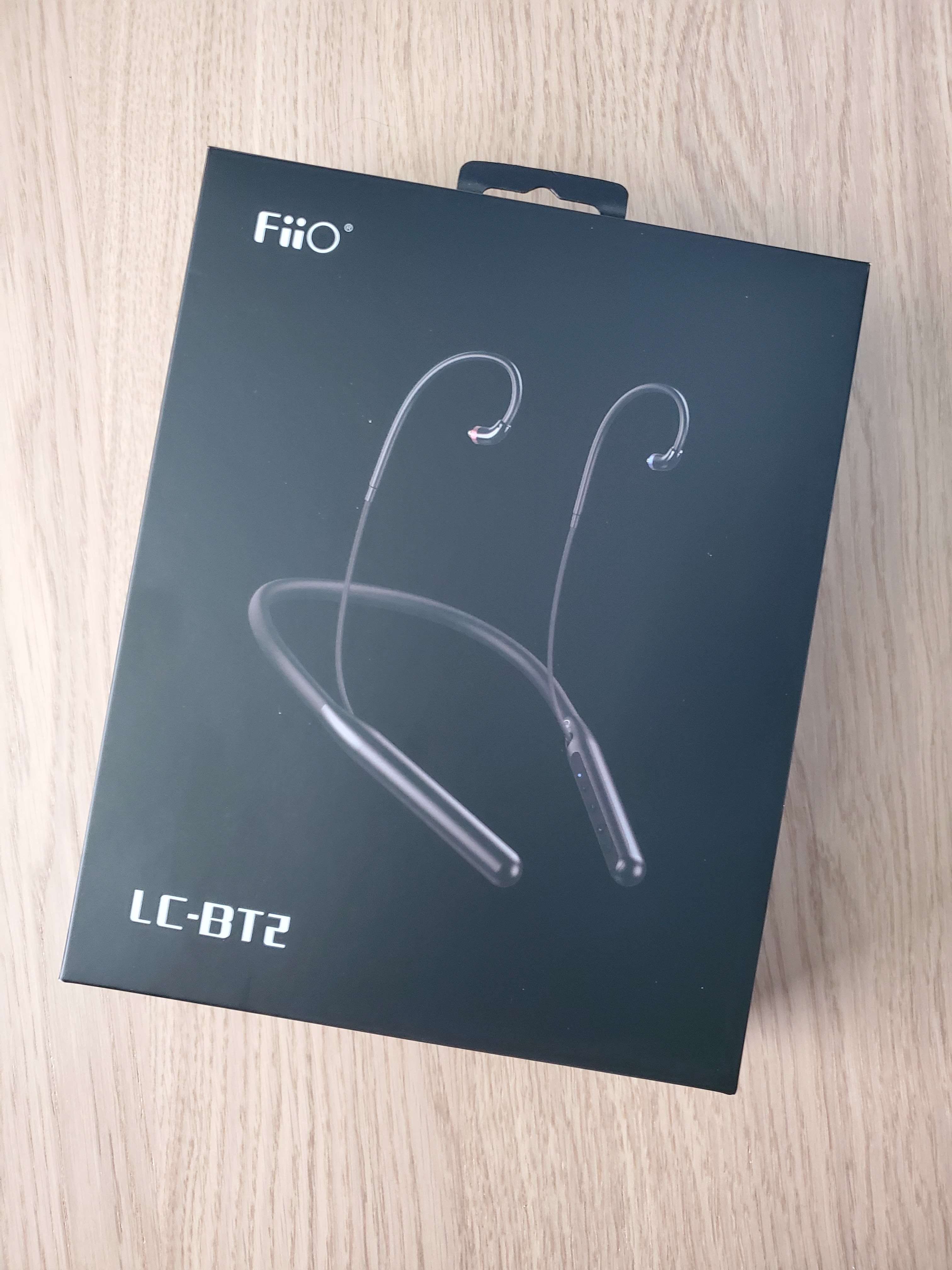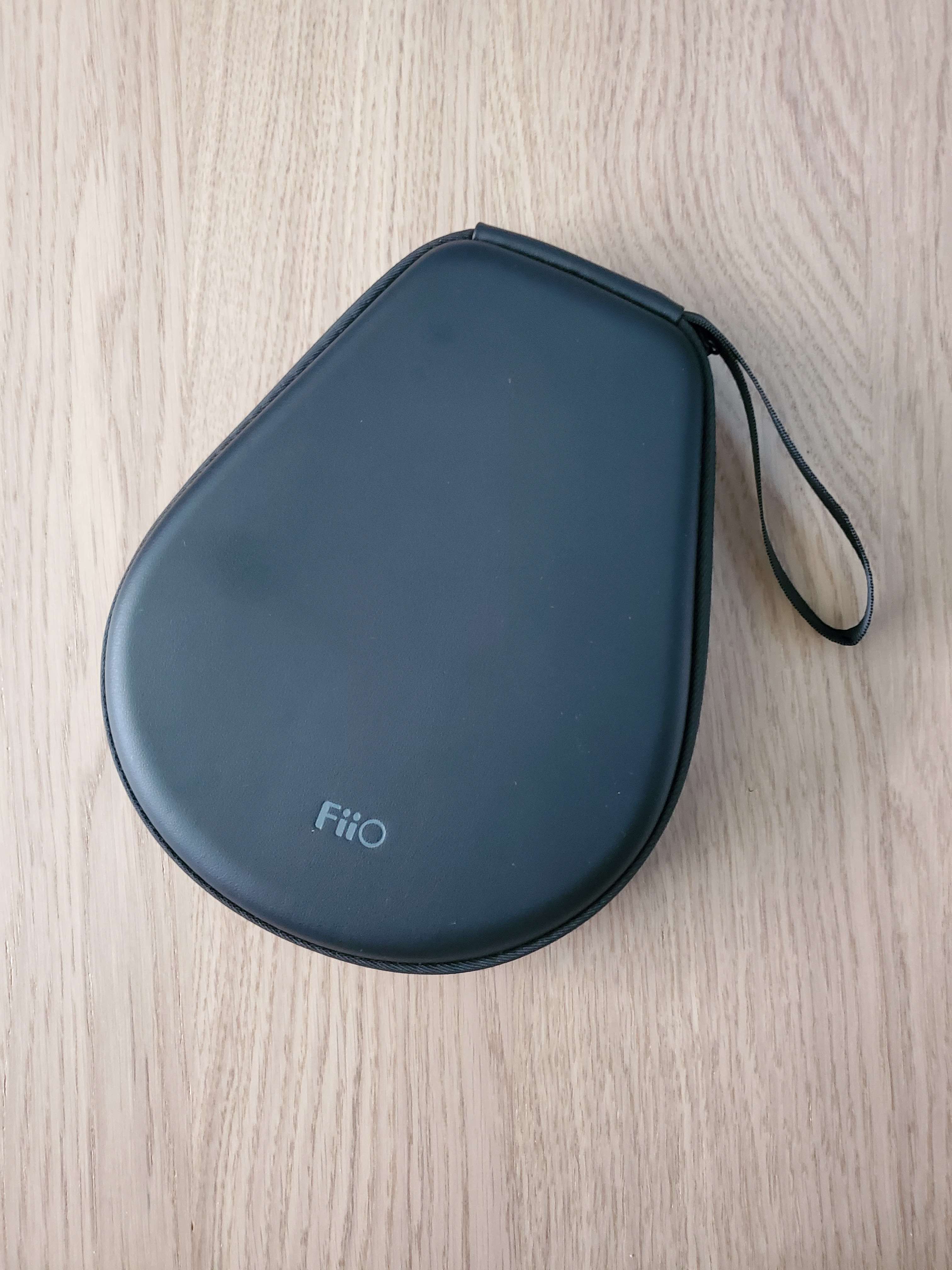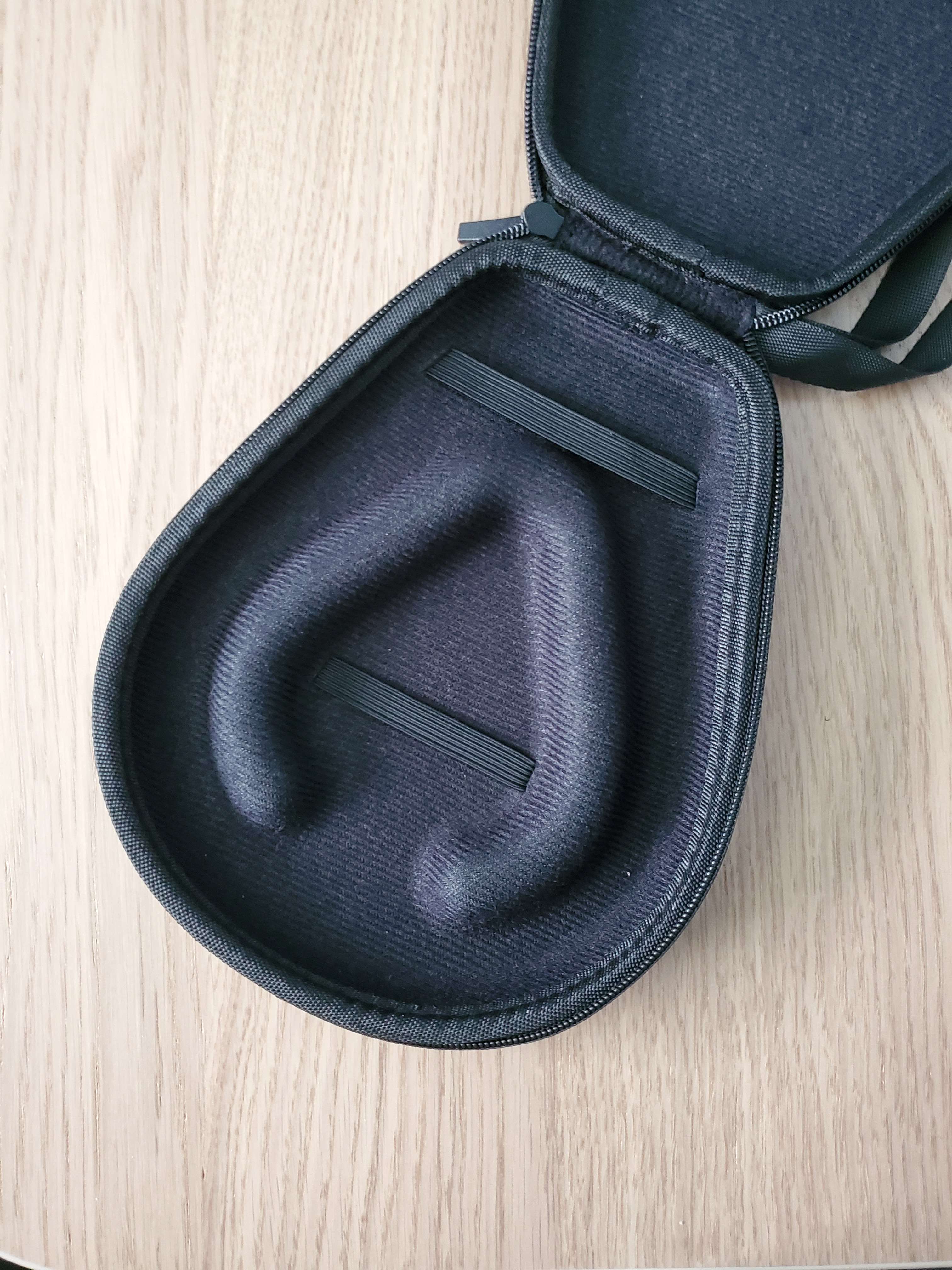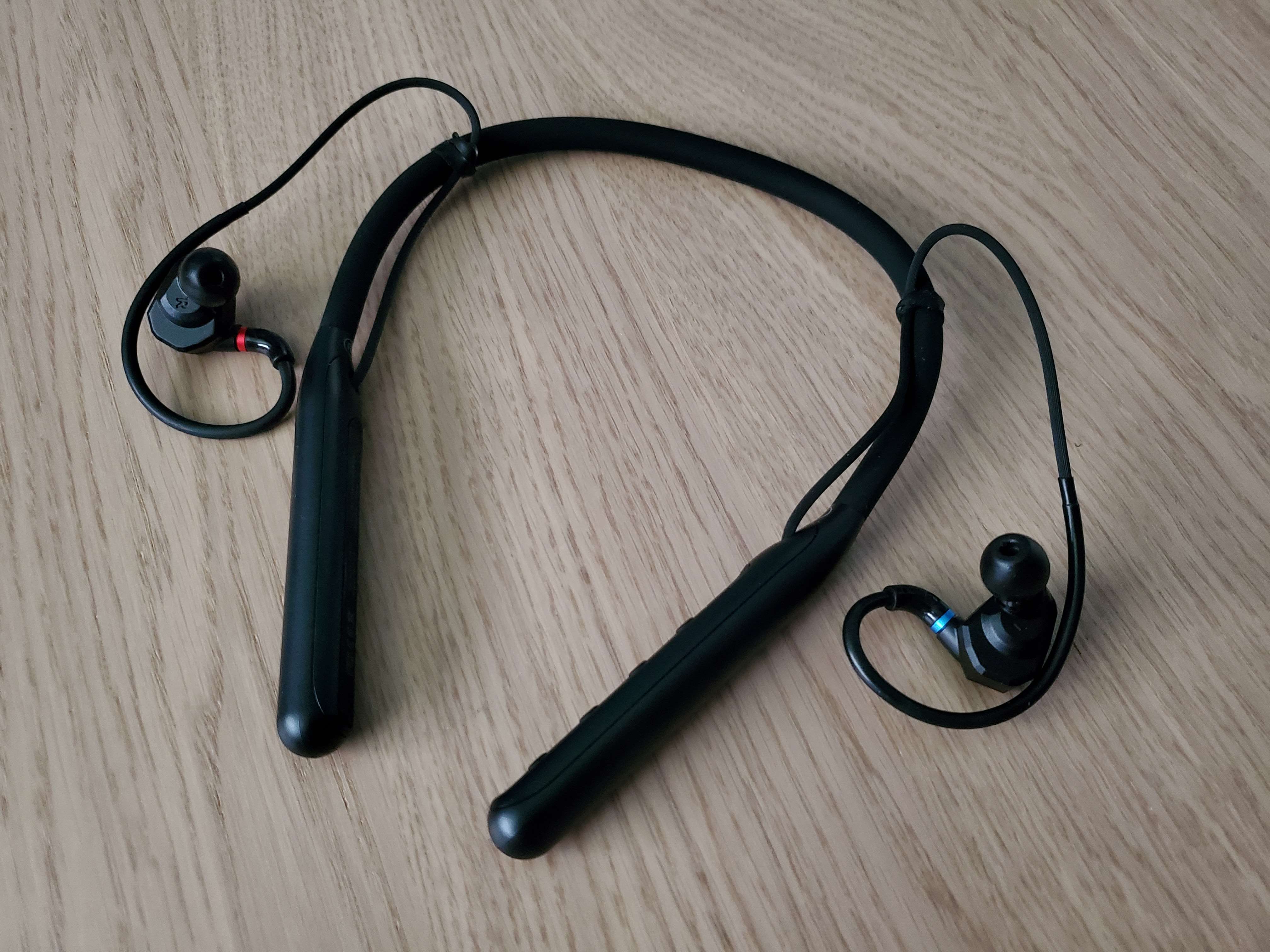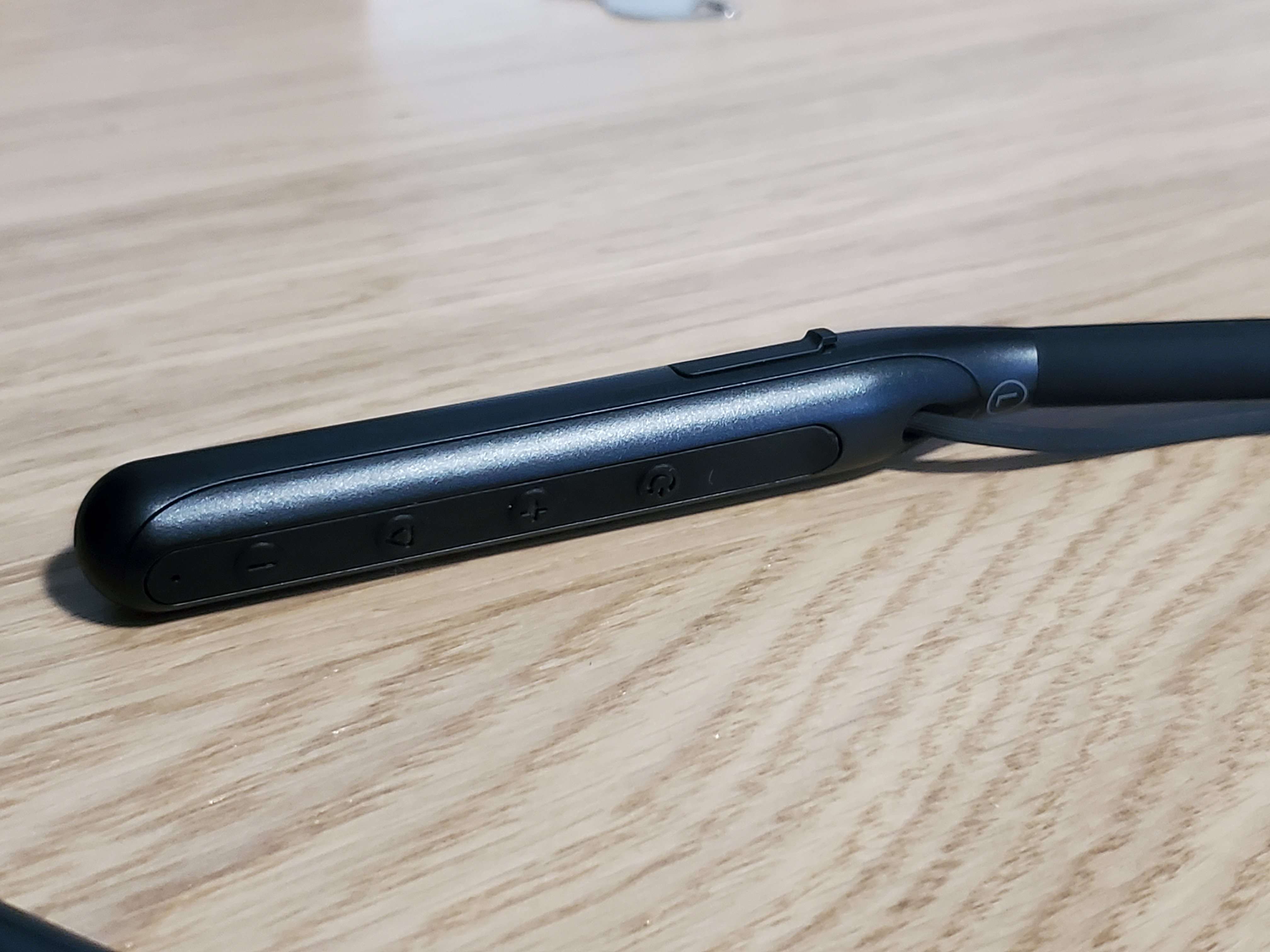FiiO LC-BT2 Review & Impressions
I got this last weekend, I've been using it for a week.
My use case is: while commuting on a heavy rail system in the states, during work in an open office (for music & calls).
The LC-BT2 is offered in both MMCX and 0.78mm 2 pin. I have the MMCX version & have been using it exclusively with my Campfire Andromeda Gold (AG) IEMs.
Background
Convenience, portability, ease of use, isolation, sound quality, digital ambient passthrough & battery replaceability are what I have been searching for.
TWS solutions have as of late started to cover almost all of these features (some better than others). As we know this comes at a tradeoff in the execution quality of any of these aforementioned features. I will not compromise on the following: portability, ease of use, sound quality & convenience. TWS solutions limit what IEM you may use and will probably never be able to provide TOTL quality. In the quest of having the best Bluetooth audio quality, we need to be able to have the best possible reproduction at each point in the audio chain. I have owned the following in my quest: Shure RMCE-BT2, Radstone Earstudio ES100, Shaling UP2, & Fostex TM2. All of these allowed me to use the quality of IEM I wanted. The limiting factor then became the cable, the DAC & Amp in the Bluetooth receiver & the Bluetooth receivers supported audio codecs. For me, LDAC is a must and thus I have been using the ES100 with a custom made 2.5mm balanced cable with my AGs for the past year or so. I will be using this setup as my benchmark for this review.
Review
Packaging
Simple, minimal, and efficient. A sleeved box contains the carrying case & instruction documentation. The LC-BT2 is within the carrying case with an accompanying short USB C cable for charing. I would like to see more products and manufacturers expend fewer materials in delivering their products, as this helps to reduce waste.
Carrying case
Necessarily large due to the shape of the neckband. However, a welcomed & needed accessory for on the go storage. How our Bluetooth audio is stored is a major component in the convenience and ease of use of a product. TWS excel in this particular category and is I would say their major draw on the consumer. I can't mention how many times I did not use a product whereas I would have used a TWS, due to the hassle of having to do a "ritual" every time I use it. The neckband form factor is great in this regard as you can wear it around your neck with the IEMs hanging while not in use. If you don't want to wear it or use it any time soon then with this case you can put it safely away.
Form factor
This is my first neckband, and I have found it to be the sweet spot between a Bluetooth adapter such as the ES100 and a TWS Bluetooth adapter such as the FiiO UTWS1.
Looks
This is not as weird as having a little box such as the ES100 clipped (or in my case magnetically attached) on your shirt. It also gives you the feeling of not being as restricted as with a cable attached to the little box on your shirt/chest. Some may prefer the look of the neckband form factor to the hearing aid form factor of the TWS Bluetooth adapters.
Feeling of Freedom
The neckband feels less restrictive than a little box with a cable on your shirt/chest but it still feels a bit more restrictive compared to the hearing aid form factor.
Note that the LC-BT2 did not come with those small black rubber bands on to hold the cable in place. It came with one for the USB C cable and I had another laying around. I put them on so that the cable doesn't get in the way and it sits in the way that is most comfortable. This little modification made the feeling or restriction be almost that of the hearing aid form factor, where one doesn't feel restricted.
Controls
There are 4 buttons on the left side of the LC-BT2. From top to bottom they are: power, volume up (hold previous track), play/pause (long press pairing, double click for virtual assistants, hold answer/decline calls) & volume down (hold next track). I think that dedicated controls such as these are preferable over the great 2 button solution FiiO provides on the UTWS1. Thus I find this form factor better here as well.
Charging
The LC-BT2 uses USB C! I love being able to only carry one cable with me to charge all of my devices, as everything else I own is USB C as well.
Battery
24 hours of playback & 350 hours of standby! I don't need to charge this every day and if I have a long day (+10 hrs) its battery capacity will allow me to keep using it.
This is one of the biggest factors of the neckband form factor over the hearing aid one. For comparison, the UTWS1 has 8 hrs of playback and 180 hrs of stand by. For me, that means I wouldn't be able to use it during my commute or for 2 hrs at work on a normal day which makes all the difference. The battery is 360mAh.
Codecs
LDAC,AptX HD, AptX LL, AptX, AAC & SBC. Unlike the hearing aid form factor, this supports LDAC. Again this is my choice on having components (hardware or software) which don't degrade the audio chain.
Dedicated DAC
The neckband form factor allows for a dedicated DAC chip compared to an integrated all in one Bluetooth chipset.
Audio Quality
Please forgive my lack of practice at describing sound.
Chipset
The LC-BT2 uses the Qualcomm Bluetooth chip CSR8675 this is the same chip used in the BTR5.
The DAC is the AK4331 and I found it on par or better than the AK4375a from the ES100.
Sound
Compared to my ES100 on 2.5 balanced the sound stage was a bit smaller, I am not sure how much as it is hard to compare but it is noticeable. The ES100's sound has been described as analytical which I would agree with if one has not used its parametric EQ. I like my sound to be more fun and a bit warm I believe. With the EQ set on my ES100 and no EQ set of the LC-BT2, I found the sounds quite comparable. The LC-BT2 had a bit more bass than the EQed ES100, on which I had fixed the deficiency in bass frequency reproduction. I found unsurprisingly that the ES100 on 2.5 balanced was clearer than the LC-BT2. I have not compared if the clarity of the LC-BT2 is on par with that of the ES100 on the SE 3.5mm output.
Noise floor
On the Campfire Andromeda Gold which are very sensitive to IO I found there to be a greater noise floor than the ES100. I would say about 2x as loud.
I find that I am quite sensitive to the noise floor when no sound is being played and at first I thought that the noise floor on the LC-BT2 would be slightly noticeable when playing music. I do want to clarify that the noise floor is not bad at all I am just quite sensitive to it so for others it might not be bad at all as the noise floor on the ES100 is almost non-existent. Thankfully I found that the noise floor is not audible while listening to music.
Microphone quality
I find that very little emphasis is placed on mic quality for TWS and Bluetooth adapters. I understand that may people out there just are not making that many calls, but even if I did not make many calls I would want the mic quality to be at least decent when I did make or take a call.
I have owned AirPods the 1st Gen and the Pros which are renowned for their mic quality. Based on Bluetooth mic recordings I would put the mic of the LC-BT2 on par with that on the AirPod Pros.
The only problem I have found is that the neckband form factor during movement causes some noise but the noise is not very annoying to the listener on the other end, and doesn't happen all of the time only when moving ones neck briskly.
The App
I wish there was a separate app where I did not need to go through the FiiO Music app. The Bluetooth controls are okay, but the app overall is inferior to that of the ES100 as many others have said before. I wish that the Bluetooth controls allowed for an ambient mode such as that on the ES100 and this would be perfect.

























